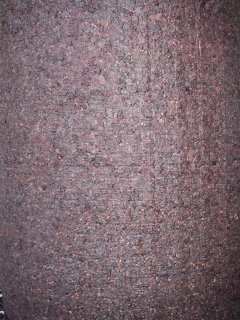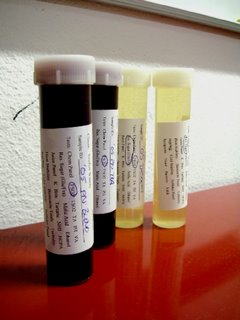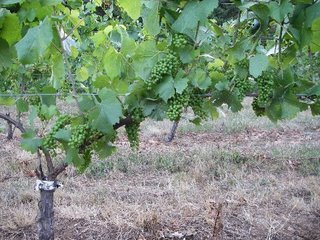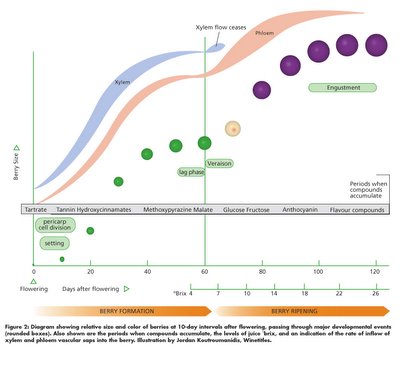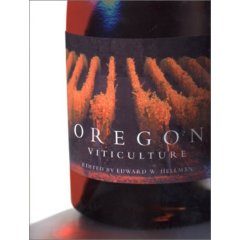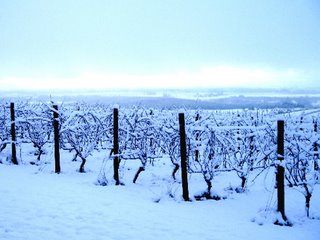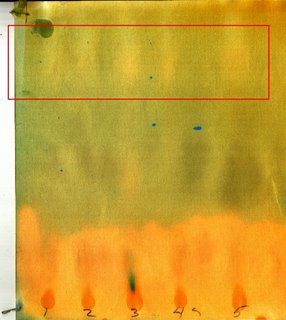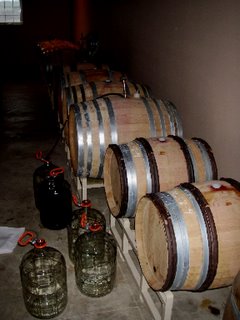Developing a new white wine – Woven White:
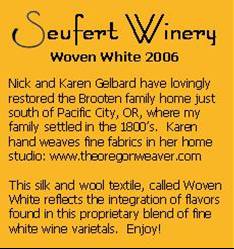
Oregon Pinot noir wins new fans everyday, partly due to how well the wine pairs with food.
Following a few steps behind is Oregon Pinot gris. It’s the popular white counterpart to Pinot noir, with most Oregon gris produced in a food-friendly style.
I believe, along with other Oregon winemakers, that the next wave of interest and popularity in Oregon wines will be in other white varieties. Chardonnay has stalwart supporters, and the current variety of production styles regularly converts customers. Pinot blanc is quietly emerging from the shadows, and dry Riesling is about to take off. Additionally, white blends like Sokol Blosser’s Evolution have proven very popular.
Given that context, Seufert Winery enters as a startup winery – trying to establish a brand identity and develop successful products. Pinot noir is a done deal… we’re committed to making stellar Pinot’s that exemplify the Willamette Valley AVA’s (unique wine growing regions).
The big question revolves around whites – do we make them, and if so, which varieties?
Personally, I enjoy white wines and I’m inclined to make them. At a minimum, I would like to make at least one white wine – a wine that is designed to go well with a wide variety of food. But which variety should we commit to?
To help answer that question, we recently conducted an informal tasting. We opened several bottles of finished wine, including Pinot gris, Pinot blanc, Riesling, and a couple of very different Chardonnays (one light and crisp; the other barrel fermented, full-bodied with oak).
The direct comparison was interesting. Each of these wines had unique and distinguishable characteristics, including tropical fruit flavors, floral aromas, minerals, acids, mouth feel, and length of finish.
Interestingly, the two Chardonnays formed bookends for the other wines… the barrel fermented version was the most complex and fullest-bodied wine, while the other chardonnay was the leanest and least complex of the entire group.
Next, we blended trials of these wines. Each blend contained anywhere from 0% to 50% of each of the individual wines. The purpose of this blending exercise was to get an overall sense of compatibility, and to determine which varieties added unique attributes. It will also help me determine how to make my wine; for example, do I want to include Chardonnay, and if so, in which style?
The exercise proved very useful. The discussion around the blends helped me set guidelines – which wines to include, and what approximate ratios. Obviously, this is a rough estimate. But it’s a starting point. Now I know what my fall winemaking program will look like. Once my wine is made, I can do real blending trials to determine the final ratios.
This was step one in the birth of a new wine – Seufert Winery “Woven White” wine.
This is an easy and informative exercise that you can replicate at home. Get a group of friends together and ask each person to bring a bottle from a pre-determined theme of your choice. Taste each wine individually, and talk about each wine. You don’t need to use scientific terms, just use plain English to describe what you perceive. Then use measuring cups to blend the wines in varying ratios. Pour the blends in extra glasses and label them according to their contents. Keep some of the original wine in each bottle so you can taste it again if desired. Then taste through each blend. Talk about how the wine is different once blended. Take notes to help keep it all straight. This is a great way to help you identify what you do and don’t like in wine.
If you’d rather not do this at home, Urban Wine Works in Portland offers a wine blending class where you take home a bottle of red wine based on your favorite blend.
http://www.urbanwineworks.com/classes.html#blend
 McMinnville AVA Tasting Event
McMinnville AVA Tasting Event















